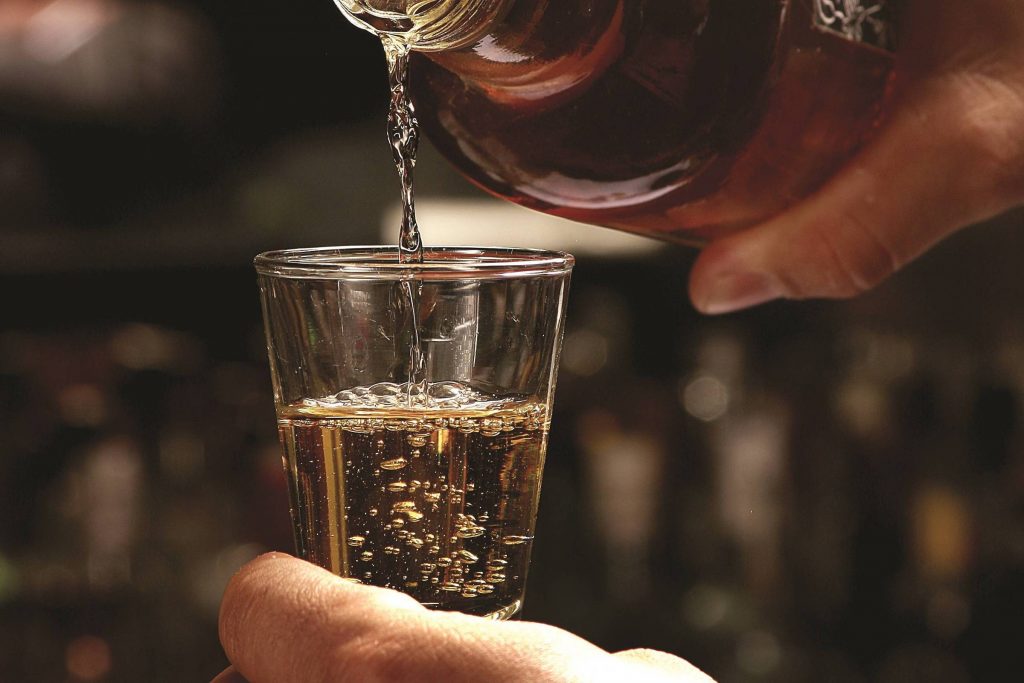Cachaça is a Brazilian distilled alcoholic beverage made from the fermentation and distillation of sugarcane juice. It is one of the most traditional drinks in Brazil and is often compared to sugarcane brandy or rum, although it has distinct characteristics.

Cachaça comes in different types, which vary according to the production and aging process. The main types include white cachaça (unaged), cachaça aged in wooden barrels, and organic cachaça, produced from sugarcane grown without the use of pesticides or chemicals.
Historical Origin
Cachaça is one of the oldest alcoholic beverages in the Americas, with roots dating back to the 16th century when Portuguese colonizers began distilling sugarcane in Brazil.
Regional Name
Cachaça is known by different names in various regions of Brazil. In some areas, it’s called “pinga,” while in others, it’s referred to as “aguardente,” “marvada,” “caninha,” among others.
Variety of Types
There are various types of cachaça, including white cachaça (unaged), cachaça aged in wooden barrels (which can have different flavors depending on the type of wood), and organic cachaça, produced from sugarcane grown without the use of pesticides or chemicals.
Exportation
Cachaça is exported to over 60 countries around the world, becoming an internationally recognized beverage.
Alcohol Content
Cachaça has an alcohol content that ranges from 38% to 54%, depending on the type and brand. It is a strong beverage and should be consumed in moderation.
Famous Cocktails
Cachaça is an essential ingredient in popular cocktails, such as the caipirinha, which is made with cachaça, lime, sugar, and ice. The caipirinha is one of the most famous cocktails in Brazil.

Cachaça Festival
There is a festival called the “Cachaça, Culture, and Flavors of Paraty Festival” held annually in the historic city of Paraty, in Rio de Janeiro. The event celebrates cachaça and includes tastings, musical performances, and cultural activities.
Cachaça Museum
Brazil has the Cachaça Museum, located in Maranguape, in the state of Ceará. The museum displays a collection of antique bottles, distillation equipment, and information about the history of cachaça.
Quality Certifications
There are quality seals that certify the authenticity and quality of cachaça, such as the “INMETRO Seal” and the “Geographical Indication Seal” for cachaças produced in specific regions.
Versatile Beverage
In addition to being consumed neat or in cocktails, cachaça is also used as an ingredient in various Brazilian culinary recipes, such as sauces, marinades, and desserts.
It’s important to consume cachaça responsibly, as it is an alcoholic beverage with a significant alcohol content, typically ranging from 38% to 54%, depending on the type and brand.

Matheus Araújo
Matheus Araújo is the founder and editor of Brazilian History. Born in Rio de Janeiro and holding a degree in Advertising and Marketing, his passion for history led him to enroll at the Federal University of the State of Rio de Janeiro, where he is currently pursuing a degree in History Education.
